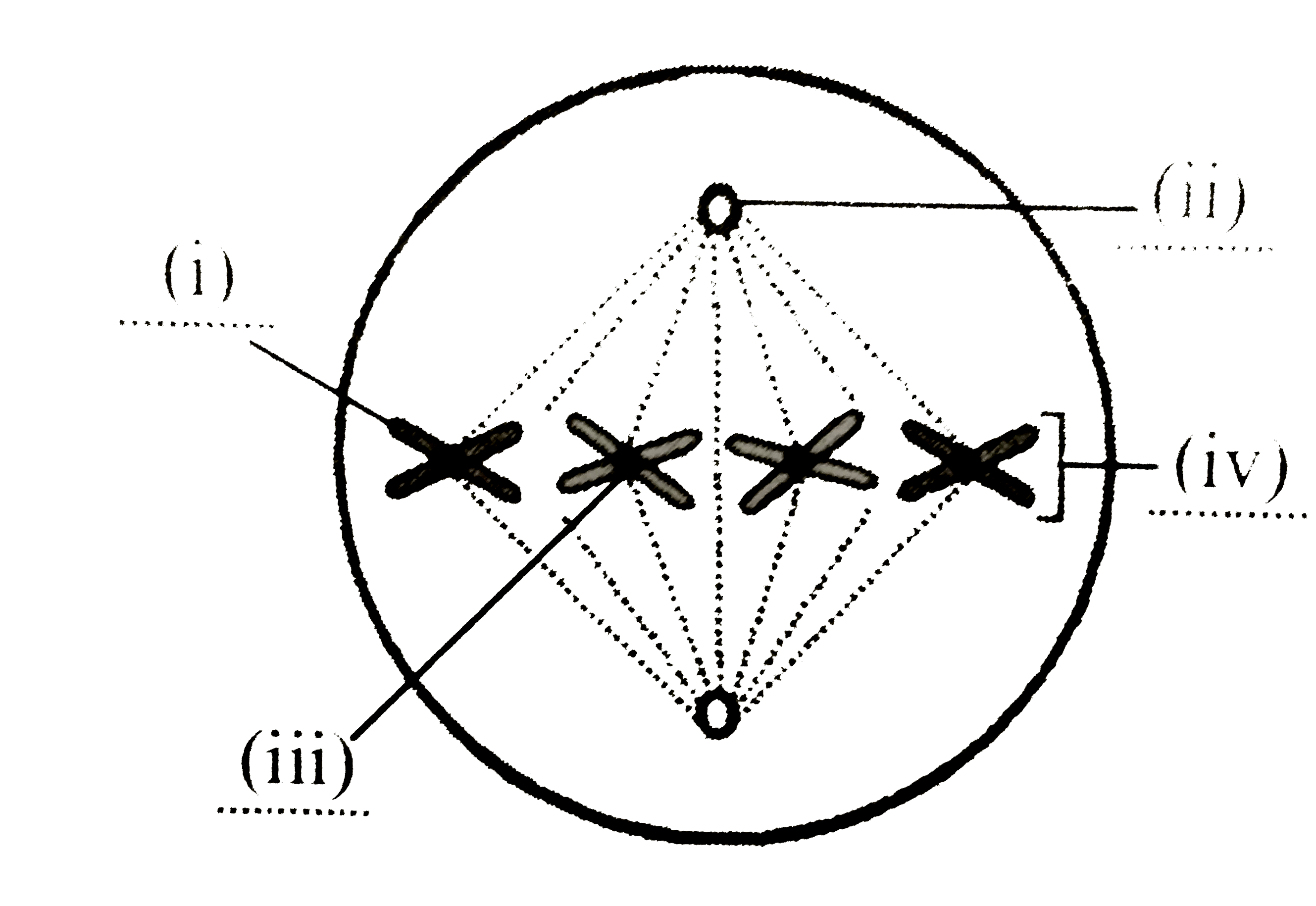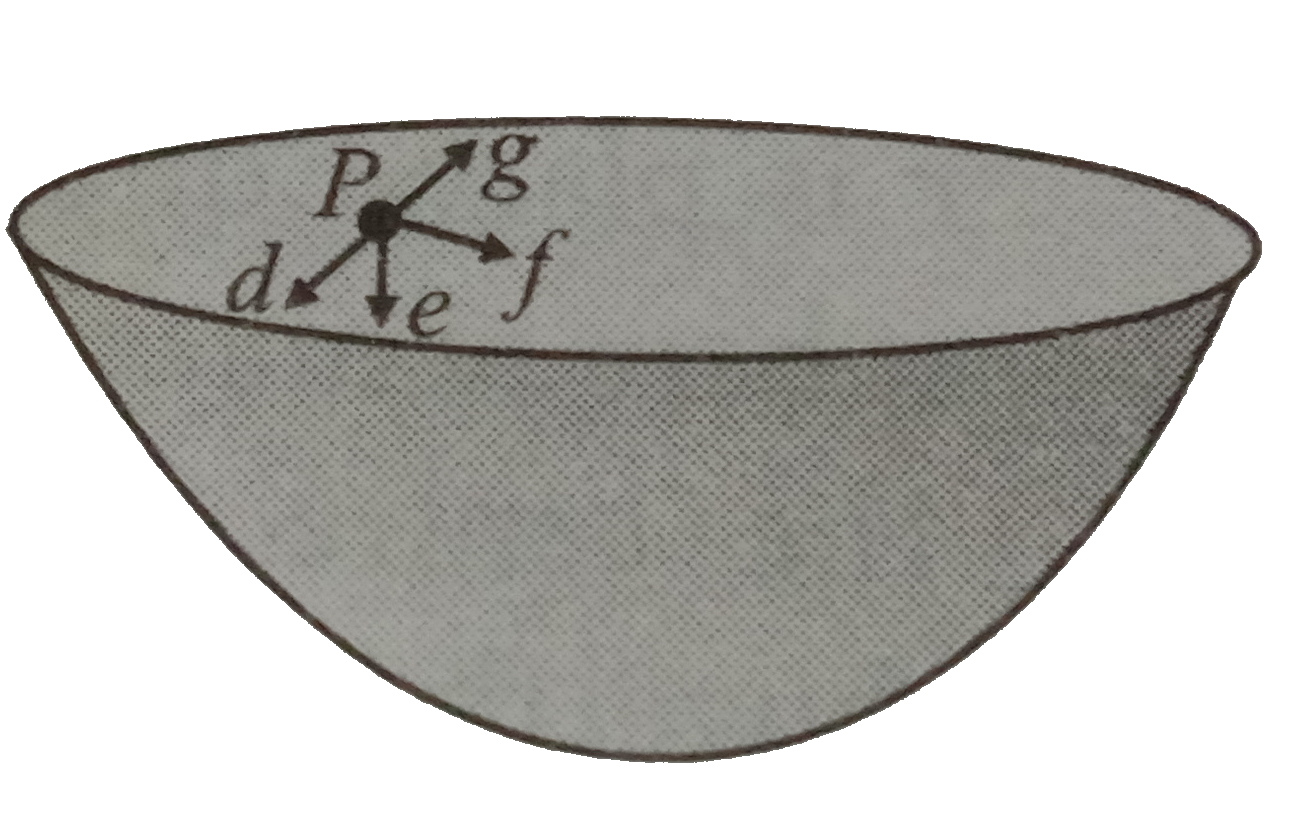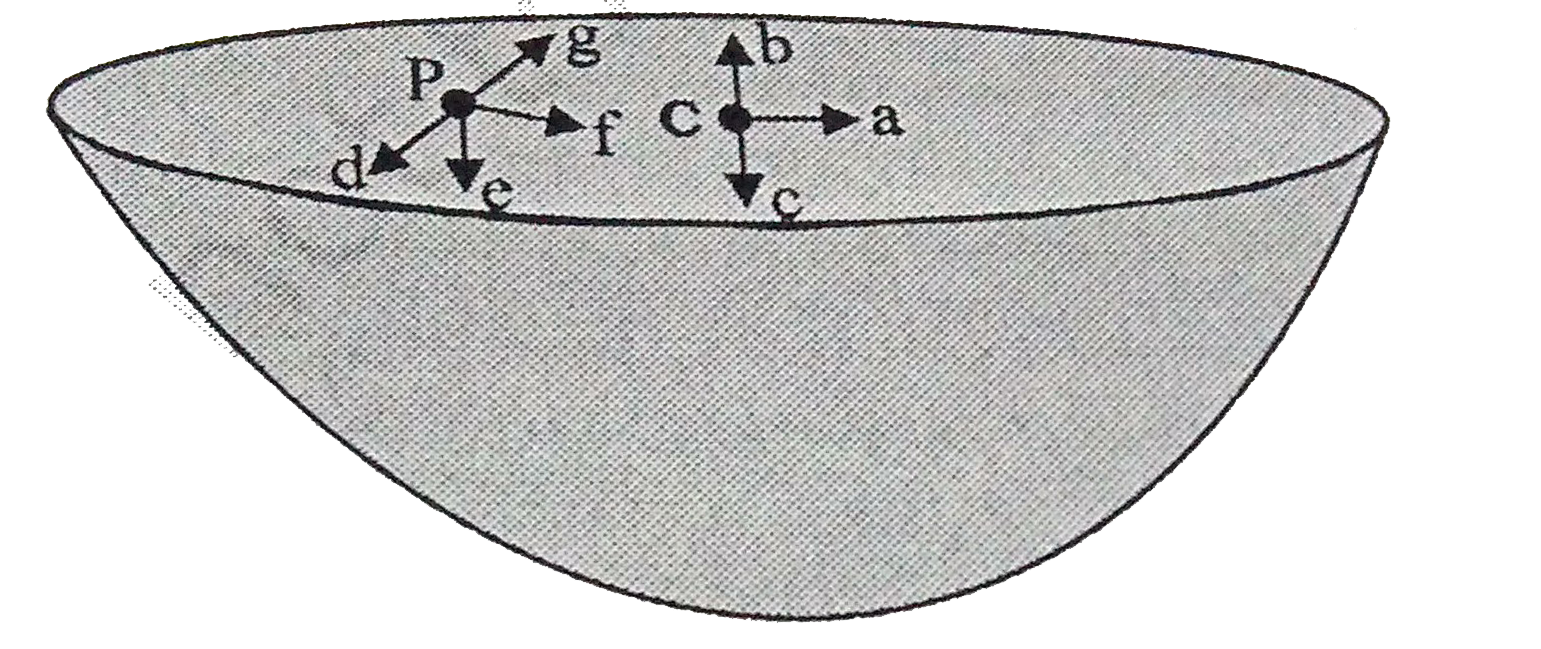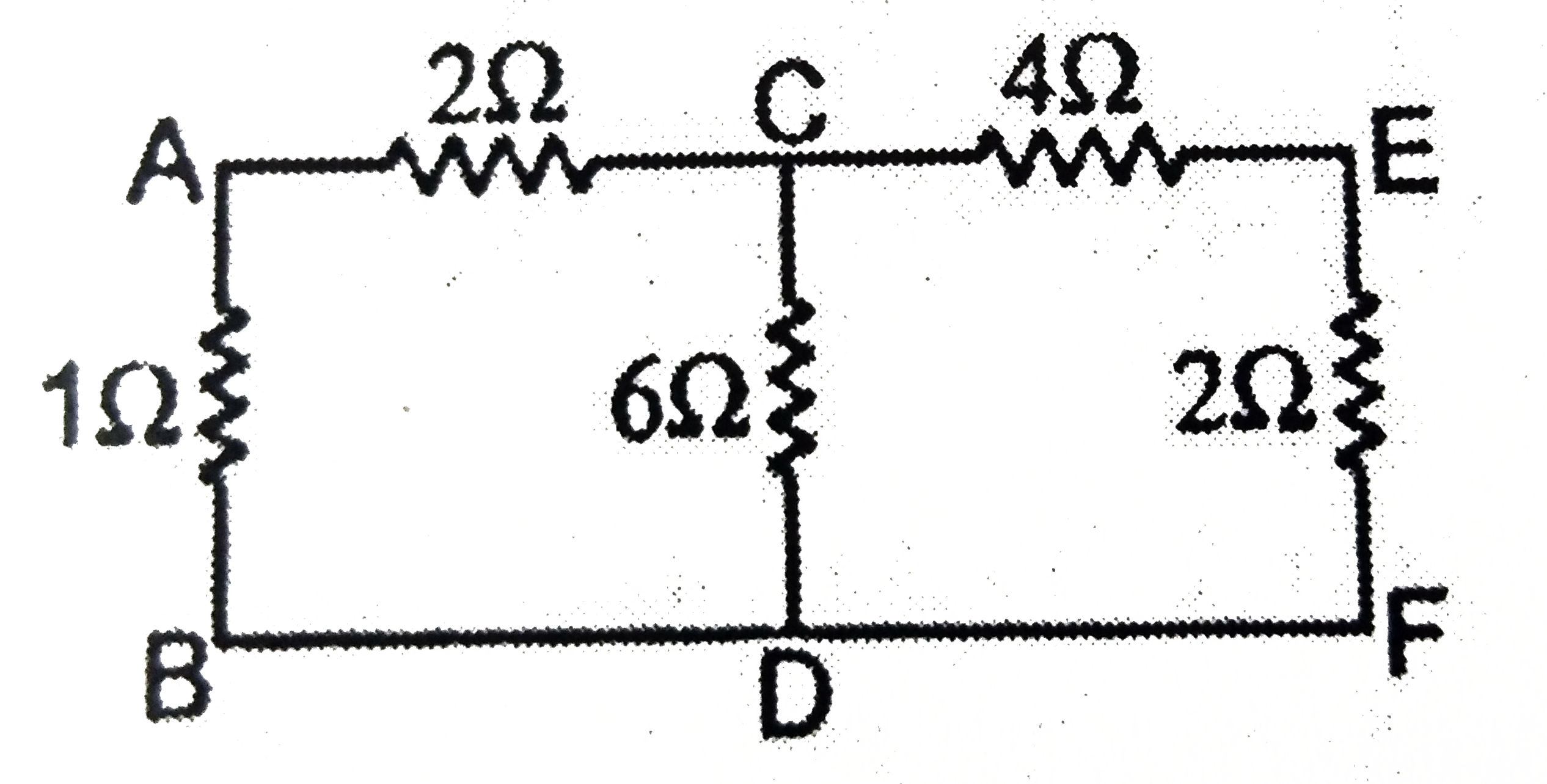For the above problem, the direction of the gravitational intensity at an arbitrary point P is indicated by the arrow (i) d, (ii), e, (iii) f (iv) g.
At point P, the direction of gravitational force is also vertically downwards and is along e.
Topper's Solved these Questions
- GRAVITATIONBOOK - MODERN PUBLICATIONCHAPTER - GRAVITATIONEXERCISE - NCERT FILE (Additional Exercises)
4 Videos
- GRAVITATIONBOOK - MODERN PUBLICATIONCHAPTER - GRAVITATIONEXERCISE - NCERT FILE (Exemplar Problems (Objective Questions) (Multiple Choice questions) )
33 Videos
- GRAVITATIONBOOK - MODERN PUBLICATIONCHAPTER - GRAVITATIONEXERCISE - Tough & Tricky Problems
10 Videos
- MATHEMATICAL TOOLSBOOK - MODERN PUBLICATIONCHAPTER - MATHEMATICAL TOOLSEXERCISE - PRACTICE PROBLEMS (10)
12 Videos
Similar Questions
Knowledge Check
Label the structure indicated by (i), (ii), (iii) and (iv)-
 A(i)-Chromatid, (ii)-Aster, (iii)-Centromere, (iv) ChromosomeB(i)-Chromosome, (ii)-Centriole, (iii)-Centromere, (iv)-ChromatidC(i)-Chromatid, (ii)-Centromere, (iii)-Centriole, (iv)-ChromosomeD(i)-Chromosome, (ii)-Centromere, (iii) Centriole, (iv)-Chromatid
A(i)-Chromatid, (ii)-Aster, (iii)-Centromere, (iv) ChromosomeB(i)-Chromosome, (ii)-Centriole, (iii)-Centromere, (iv)-ChromatidC(i)-Chromatid, (ii)-Centromere, (iii)-Centriole, (iv)-ChromosomeD(i)-Chromosome, (ii)-Centromere, (iii) Centriole, (iv)-ChromatidLabel the structure indicated by (i), (ii), (iii) and (iv)-
 A(i)-Chromatid, (ii) Centriole, (iii) Centromere, (iv) ChromosomeB(i)-Chromomosome, (ii) Centriole,,(iii) Centromere, (iv) ChromatidC(i) -Chromatid, (ii) Centromere, (iii) Centriole, (iv) ChromosomeD(i) -Chromomosome, (ii) Centromere, (iii) Centriole, (iv) Chromatid
A(i)-Chromatid, (ii) Centriole, (iii) Centromere, (iv) ChromosomeB(i)-Chromomosome, (ii) Centriole,,(iii) Centromere, (iv) ChromatidC(i) -Chromatid, (ii) Centromere, (iii) Centriole, (iv) ChromosomeD(i) -Chromomosome, (ii) Centromere, (iii) Centriole, (iv) ChromatidThe direction of gravitational intensity at point P of a hemispherical shell of uniform mass desity is indicated by the arrow
 AdBeCfDg
AdBeCfDg
The gravitation intensity at the centre C of the drumhead defined by a hemispherical shell has the direction indicated by the arrow [see Fig. 8.46]

View SolutionIn the following two exercises, choose the correct answer from among the given ones: The gravitational intensity at the centre of a hemispherical shell of uniform mass density has the direction indicated by the arrow (see Fig.) (i) a, (ii) b, (iii) c, (iv) 0.

View SolutionIndicate the number of unpaired electrons is
(i)P(ii)Si(iii)Cr(iv)Fe(v)Kr.
View SolutionFind the equivalent resistance of the circuit given in figure between the following point :

(i) A and B
(ii) C and D
(iii) E and F
(iv) A and F
(v) A and C
View SolutionIn the above (i.e.., previous) problem, what is the ratio of P’s final amount to that of Q, if P and Q invest the same amounts??
View Solution
